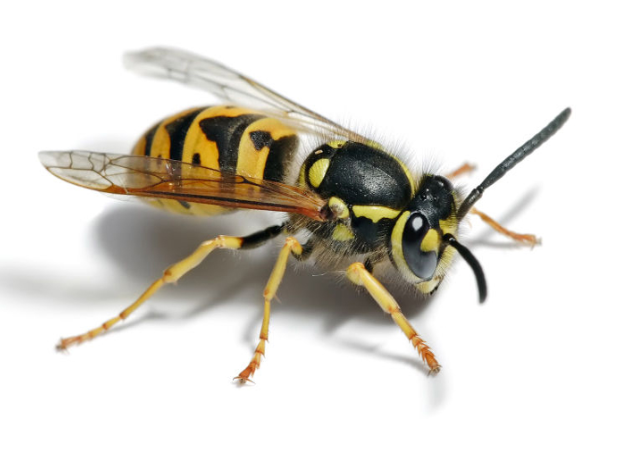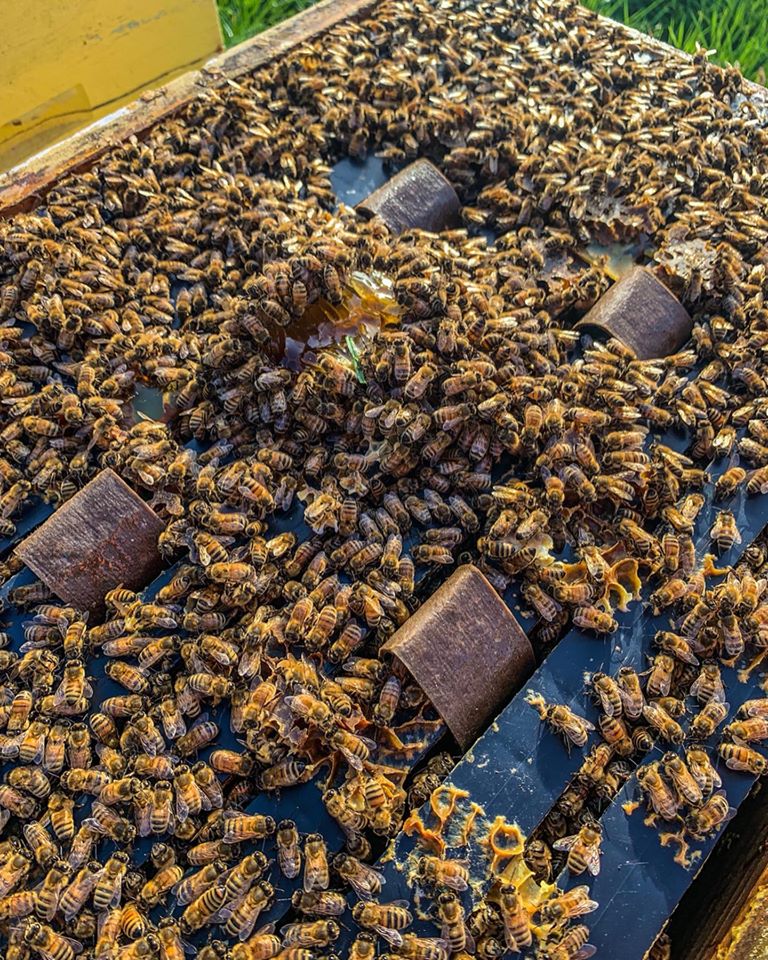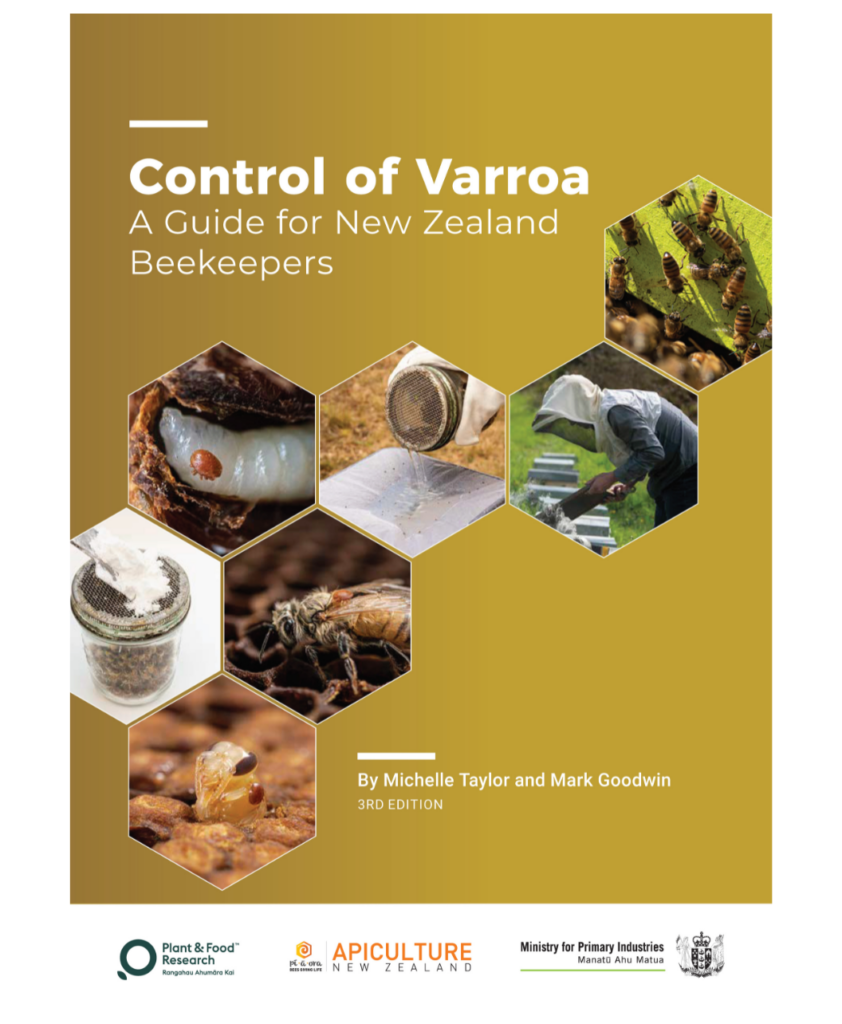Beekeeping Hygiene
Bees are a food producing “creature” so it is important to maintain basic beekeeping hygiene practices to prevent contamination of honey and the spread of disease.
Contamination can come from improper use of varroa treatment, contamination of comb between removal from the hive and packing and from Tutin.
Disease can be spread either by bees when robbing or by beekeepers using unsterilized tools and equipment.
Hive tools
Clean your hive tools between apiary visits. Scrape off wax and propolis and either sterilize in your smoker while pumping to get a flame or have a bucket with bleach solution handy to dip it into.
Smokers
These are difficult to clean, however the barrel will not be a problem as it gets very hot. Scrub the bellows part with bleach solution. When your smoker becomes too clogged up with tar pour some meths in and light it with the top closed, this will burn away the tar.
Beesuits
It is good to wash your beesuit regularly as bees will react to sweaty clothing smells. Attacking bees leave a pheromone that will attract more bees to sting. Always wash your beesuit separately to your normal wash as the venom left on the beesuit can cause allergy problems to others in the house. Remove the hood before washing your suit in the washing machine, zip up your suit to protect the zipper teeth and wash the hood by hand separately with warm soapy water.
Gloves
Scrape off wax and propolis before washing. (Washing soda is helpful in removing propolis from gloves and beesuits).
Do not wash in the washing machine. (Note – our Peauceros gloves may be washed in the machine with gentle cycle at no more than 30 deg). Otherwise, hand wash and lay out flat to dry out of direct heat.
General Hive Hygiene
Do not leave wax or comb lying around after attending your hives. This encourages robbing and consequently the spread of disease. Hanging your frames on a frame perch https://www.hiveworld.co.nz/product/frame-perch/ is a practical way of keeping frames clean while you are inspecting your hive.
A good rule is – never use second-hand hiveware. You do not know if they are contaminated and the only way of sterilizing them is to paraffin dip at 160 degrees C. for 10 minutes.
If you catch a swarm, keep it separate from other hives until you can establish it is free of AFB.
Clean your feeders when you take them out of the hive as sugar syrup can ferment or go mouldy and bracken will rot. Always use clean sugar syrup and keep it covered to prevent bees entering.
Storing frames and supers
Firstly, place your extracted frames in the freezer for a few days to kill wax moth. After this, scrape off excess burr comb and propolis. Lastly, put them in a sealed container or box to prevent wax moth re-infestation. If you really want to keep your standards high, scorch your wooden supers and hive parts after cleaning (especially in the corners). This ensures they are disease free. Another option is to paraffin dip at 160 degrees for 10 minutes.
Putting excess used gear (that has not been thoroughly cleaned) away in a shed for a few years is not a sensible option. It is a haven for disease spoors that will be ready to sprout when you start using them again.




